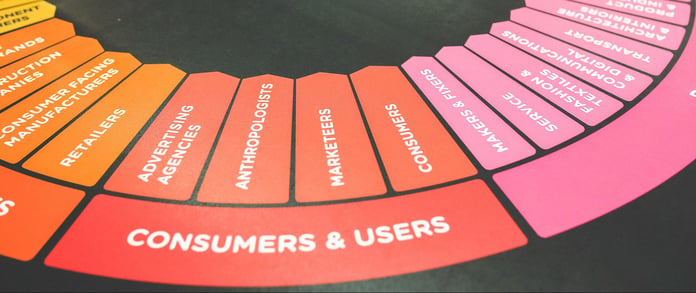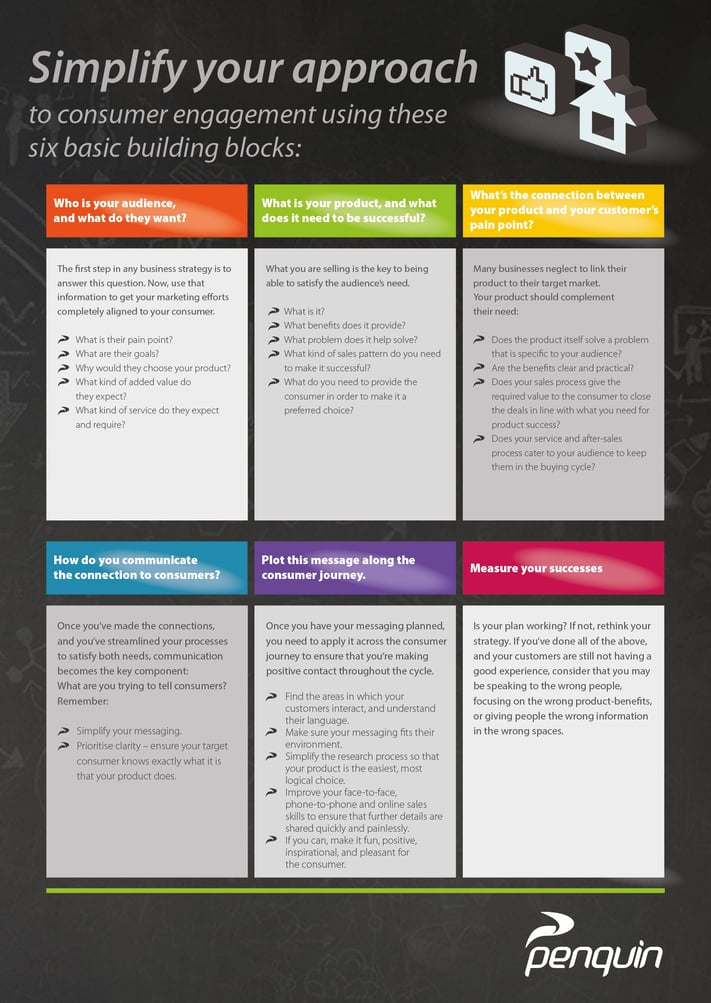
In the hunt for helpful articles on great customer experience, it’s hard to find articles that don’t have headings like this: “Deliver Outstanding Customer Experiences by Continuously Optimizing Your Workforce for Substantial ROI.”
While customer experience should focus on the actual customer, it seems that many companies view it as a gimmick and a money-maker - nothing more. While excellent customer experience should make your business more money, it is important that this is backed up with a sound strategy to deliver you the right results for the right reasons. With research showing that 60% of customers are willing to pay more for a better experience, it is a wasted opportunity to not be focusing on your customer experience.
What should your customer experience strategy focus on?
Let’s look at the six things you should be doing, how they will impact your brand, and how they will make you money down the line, if you keep your strategy customer-focused.

1. Know your customer
Using an inbound methodology and your in-depth Buyer Personas, you can engage better with your customer in the spaces and manner that they prefer and give them the experience they want.
- Your focus: An in-depth knowledge of your customer
- Where the money is: Knowing who you’re selling to means knowing what problem you can help them solve, what they need and want, and then selling that to them.
2. Integrate your marketing with the rest of your business
Create pathways of communication throughout your business to encourage engagement. This kind of synergy makes customer experience go from so-so to superb.
- Your focus: Getting your processes aligned so that your customer has a seamless journey from first touch to purchase.
- Where the money is: The easier and more pain-free internal processes are, the more likely you are to make the sale.
3.Keep it consistent
Consistency in communication, service, delivery, and quality gives your customers peace of mind.
- Your focus: Ensuring you keep consistency in your messaging for your customer’s sake.
- Where the money is: Return business and recommendations will come if your product and service are consistently good, giving positive experiences.
4. Think about your customer. Optimise for them. Repeat.
Sending the same communications to a constantly changing customer equates to flogging a dead horse.
- Your focus: Know what’s up – study your consumers. Find out how you can help them, and do it.
- Where the money is: The more useful information and beneficial products you share with customers, the more likely you are to trigger the kind of experiences that result in future sales.
5. Listen
Complaints and negative feedback are hard to manage, but take them on. Change up your methods to smooth the process. Apologise, and fix the problems.
- Your focus: Learning from your mistakes or negative feedback, capitalising on positive feedback.
- Where the money is: Proving to existing customers that you care can bring them back, and reducing the chances of making the same mistakes in future makes it easier to hold onto customers.
6. Measure
Metrics are touted as the only things that matter in the digital era, but dropping your person-to-person skills in favour of data is a terrible idea. Follow your data – but also follow your customers’ lead. Measure their involvement. Measure their sentiment. Measure their responses.
- Your focus: To optimise on the human element – the only data that can sometimes be tricky to get hold of.
- Where the money is: Understanding your customer allows you to set in place metrics that are measurable and based on data - these insights are then essential for future optimisation and communication as well as product development.
Why the focus on a healthy customer experience?
Customer experience leads your customer sentiment. How your customer feels about your product leads their purchase decisions, willingness to recommend, and future intentions. Everything hinges on your customer, so you need to make sure your strategy sees them as people, and not just numbers.
If you're not sure what these marketing terms mean, subscribe to our blog for more information on marketing and advertising.




SUBMIT YOUR COMMENT